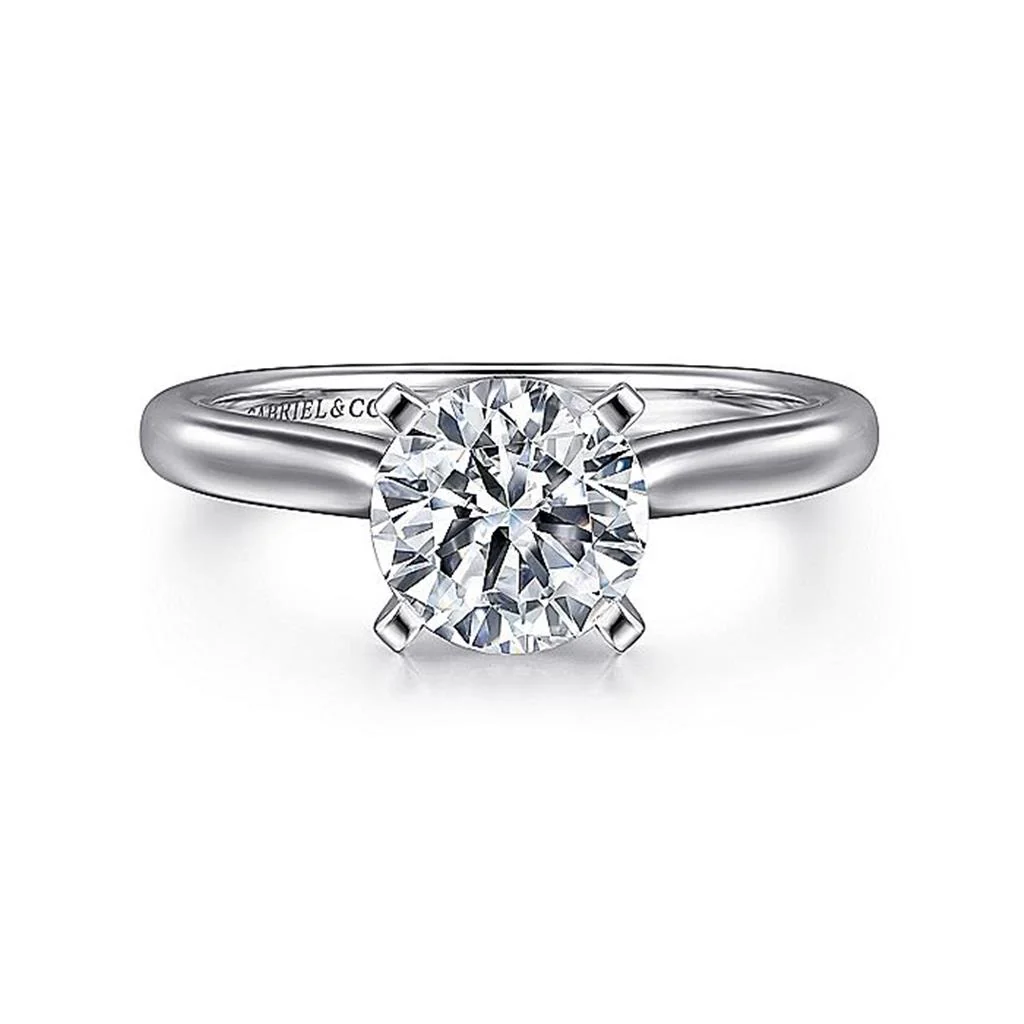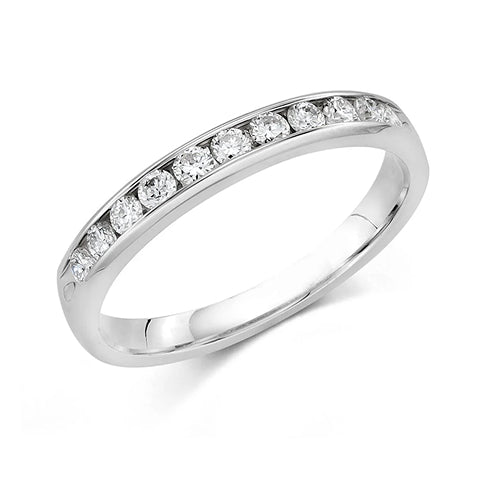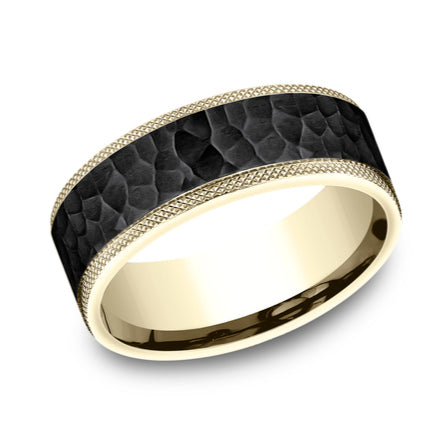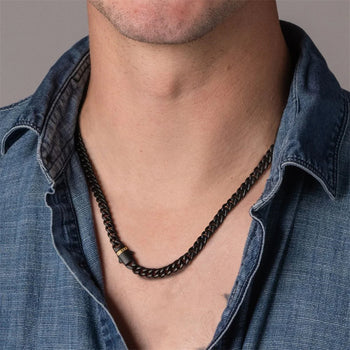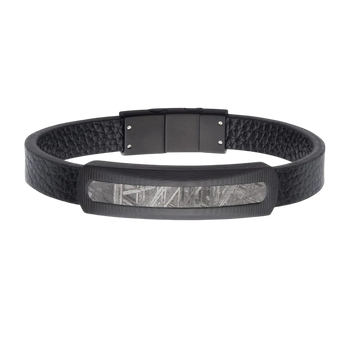
Why Is a Musgravite Gemstone So Valuable?
Musgravite is one of the rarest gemstones. And given how much demand there is for rare gemstones, it’s understandably extremely valuable. While not widely known (compared to other minerals), musgravite is valuable enough to get $6,000 to $35,000 per carat (diamonds, by comparison, go from $1,800 to $12,000 per carat).1 As word spreads, availability isn’t likely to increase, so a musgravite gemstone’s value is only expected to grow.
Both are rated 8.0 to 8.5 on the Mohs scale of hardness, making them among the hardest of rare gems. Musgravite has been officially named magnesiotaaffeite-6N '3S by the International Mineralogical Association. Since its discovery, deposits have been found in Sri Lanka, Tanzania, Madagascar, and Greenland.
A stone large and pure enough to be cut and shaped wasn’t found until 1993. So far, the largest gemstones thought to exist include a 16-carat purplish-gray musgravite from Sri Lanka, a 21.07-carat Ophir Red Musgravite (#3 in the world and the largest red musgravite found), and a 22.65-carat Ophir Musgravite. The largest cut musgravite certified by the GIA is the Ophir Grand Musgravite, which weighs in at 214 carats!
To get started, view our catalog, learn about gemstones, or schedule an appointment today. If you want to speak with us right away, call 714-579-1616.
About Musgravite
Musgravite is a mineral in the taaffeite family. Discovered in 1967 in Southern Australia’s Musgrave Ranges, it’s a beryllium-aluminum oxide and consists of iron, zinc, and magnesium. The only difference from taaffeite is magnesium content. The two are difficult to distinguish unless techniques such as X-ray or Raman spectroscopy are used.Both are rated 8.0 to 8.5 on the Mohs scale of hardness, making them among the hardest of rare gems. Musgravite has been officially named magnesiotaaffeite-6N '3S by the International Mineralogical Association. Since its discovery, deposits have been found in Sri Lanka, Tanzania, Madagascar, and Greenland.
Appearance
The most desirable color of musgravite is purple. But the mineral can range from colorless to gray, to greenish-gray. A musgravite gemstone may be transparent or translucent and has a vitreous luster, which means it has a relatively low refractive index.A stone large and pure enough to be cut and shaped wasn’t found until 1993. So far, the largest gemstones thought to exist include a 16-carat purplish-gray musgravite from Sri Lanka, a 21.07-carat Ophir Red Musgravite (#3 in the world and the largest red musgravite found), and a 22.65-carat Ophir Musgravite. The largest cut musgravite certified by the GIA is the Ophir Grand Musgravite, which weighs in at 214 carats!
Mythology, Meaning, and Symbolism
Many cultures see gemstones in general as body, mind, and spirit healers and energizers from nature. Being a recent find, musgravite doesn’t have the mythological flair of gemstones known since ancient times. Nonetheless, the soothing properties of magnesium have contributed to musgravite’s association with positive energy, joy, stress relief, and peace of mind. It is not associated with any zodiac signs or used as a traditional birthstone.How Do I Get a Musgravite Gemstone?
Due to its rarity, musgravite is not readily available. However, it is a durable stone. Those gemstones that have gone to market have mostly been included in jewelry. Musgravite has brilliant sparkle and a smooth texture but unfortunately is not easy to find.Shop for Gemstones at Jeweler’s Touch
While we can’t guarantee you’ll find a beautiful musgravite gemstone in our catalog, we have a wide range of options available. These include alexandrite, diamond, emerald, ruby, sapphire, tourmaline, and zircon gemstones plus many others. Our certified gemologists can integrate the stones of your choice into engagement rings/wedding bands, earrings, necklaces, bracelets, and other jewelry from leading collections. We can custom-design jewelry for you as well.To get started, view our catalog, learn about gemstones, or schedule an appointment today. If you want to speak with us right away, call 714-579-1616.
- Tags: All Gemstones Omi Gems Collection

